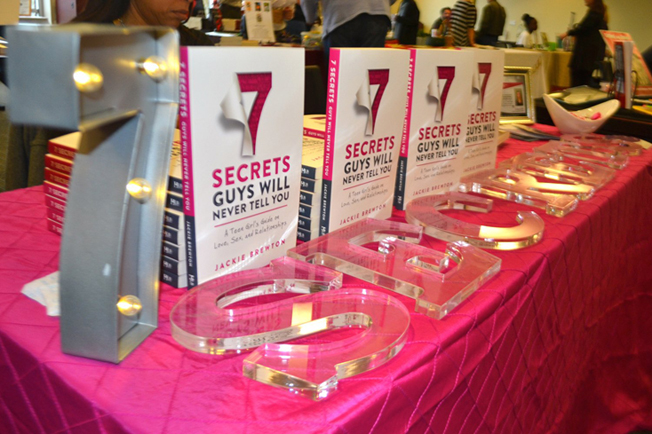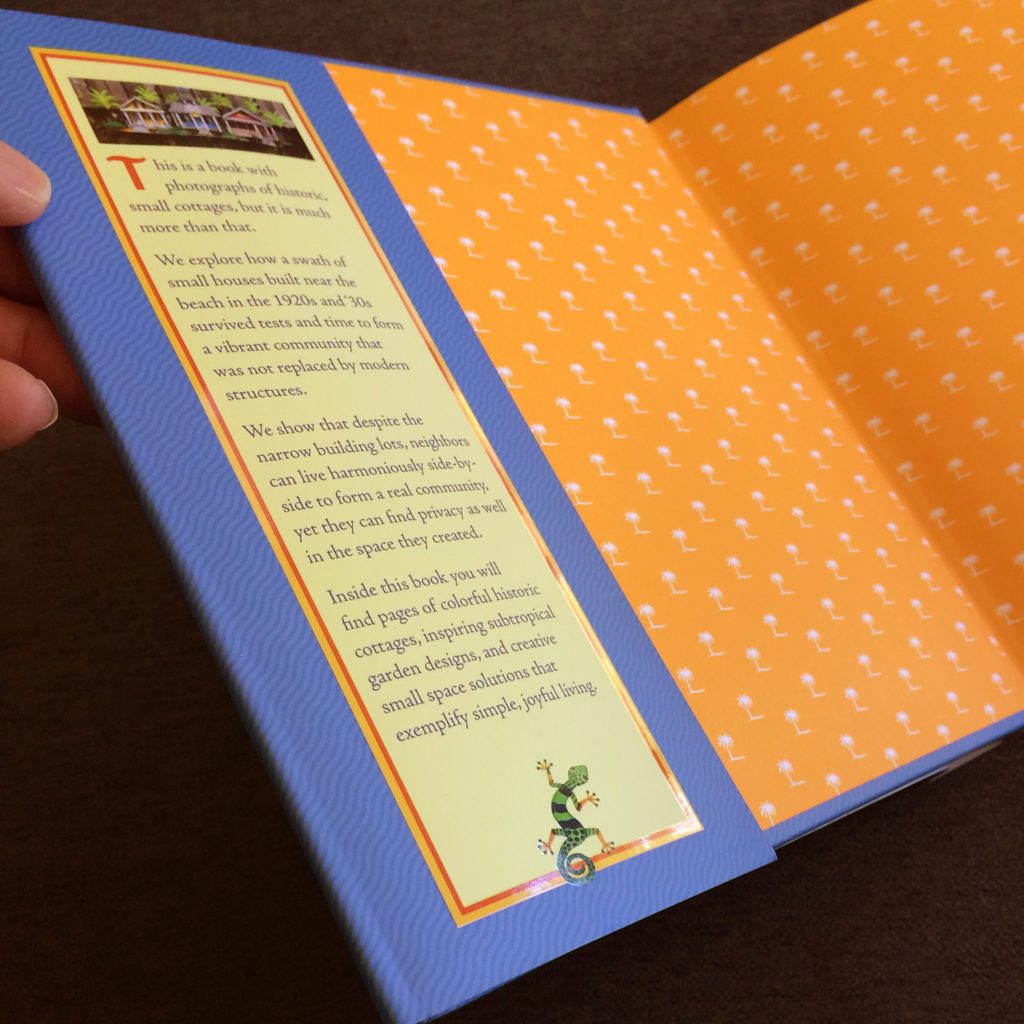Caroline Hale’s book, Live Simply Plant-Based is such a book—hundreds of recipes, especially appealing to anyone looking for an all-vegan, all gluten-free experience. Aside from being a book designer and publishing consultant, I’m an incurable foodie always on the lookout for new recipes and cuisine. For me, one of the points of traveling is to discover and enjoy new foods. Even in my own home city, I can’t resist searching the Mediterranean, Indian, Asian, and Mexican grocery stores for something new to try. So I was very happy to be able to help Caroline Hale put together the Live Simply Plant-Based book project. While this is a vegan recipe book, it is much more than recipes. Even if you’re not interested in a vegan diet it is easy to see that this book is beautiful.
Normally, to get a competitive price point for a coffee-table book of this quality would require sending it offshore. But there are downsides to offshore printing, such as long shipping times that some clients can’t accept, so I was happy to discover a U.S. printer able to handle the project at a comparable unit cost. The samples looked good, but it was still a bit riskier than my usual offshore options. U.S. printers don’t do wet proofs or dummy books to test the jacket fit. This is not a problem for simpler books, but for this design, 100% accuracy was important. Thankfully, they didn’t disappoint. The final fit and production are solid and I look forward to sending them more work.
If you like recipe books, check out Caroline Hale’s Live Simply Plant Based.
Even if you’re thinking, “I like meat, this isn’t for me” — there are whole sections of smoothy recipes, snacks, and energy breakfasts where you are unlikely to be missing meat.
And when you want to invite a vegan over for dinner, you’ll be equipped to please everyone.
Caroline Hale—who holds a degree in natural health and a doctorate in naturopathy—provides in her book a detailed and practical guide to the benefits of the vegan diet and how to easily make the transition. This is a very comprehensive guidebook with background nutritional information that even includes convenient tables for what to stock in your pantry and refrigerator as well as how to cook grains, beans, and lentils. Want to take it to the next level, she’ll help you do that with instruction for how to make your own cheeses and nut milks. And when you are out and about, she has vegan tips for eating out and when traveling.

If you’re already sold on the idea that a vegan diet is a healthier way to live and a good way to treat animals and the planet, you’ll want to go straight to the over 200 recipes. And wow, things have changed. Today’s vegan diet is not what our hippy parents were eating. There’s a lot here that anyone can enjoy without ever knowing it is vegan or gluten-free.
This has been a great year for book design projects, and this project is definitely on my top picks for 2018.
Don’t forget to subscribe to my blog. Thanks







